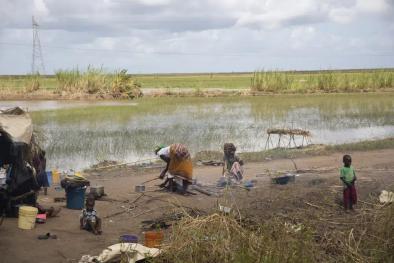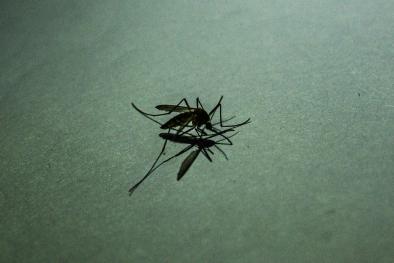Science Source
Past and future spread of the arbovirus vectors Aedes aegypti and Aedes albopictus
- States that the global population at risk from mosquito-borne diseases—including dengue, yellow fever, chikungunya and Zika—is expanding in concert with changes in the distribution of two key vectors: Aedes aegypti and Aedes albopictus
- States that the distribution of these species is largely driven by both human movement and the presence of suitable climate
- Uses statistical mapping techniques to show that human movement patterns explain the spread of both species in Europe and the United States following their introduction
- Finds that the spread of Ae. aegypti is characterized by long distance importations, while Ae. albopictus has expanded more along the fringes of its distribution
- Describes these processes and predict the future distributions of both species in response to accelerating urbanization, connectivity and climate change
Related Content
Headline

Apr 4, 2023 | AP
Waterborne Diseases Flourish In Freddy Aftermath
Headline

Feb 16, 2023 | Climate Nexus Hot News
Malarial Mosquitos' Territory Expands As Climate Warms
Science Source
| Nature Climate Change
Over Half of Known Human Pathogenic Diseases Can Be Aggravated by Climate Change
Mora, C., McKenzie et al
Headline

Jun 30, 2022 | AP
Climate change means more mice, demand for pest control


